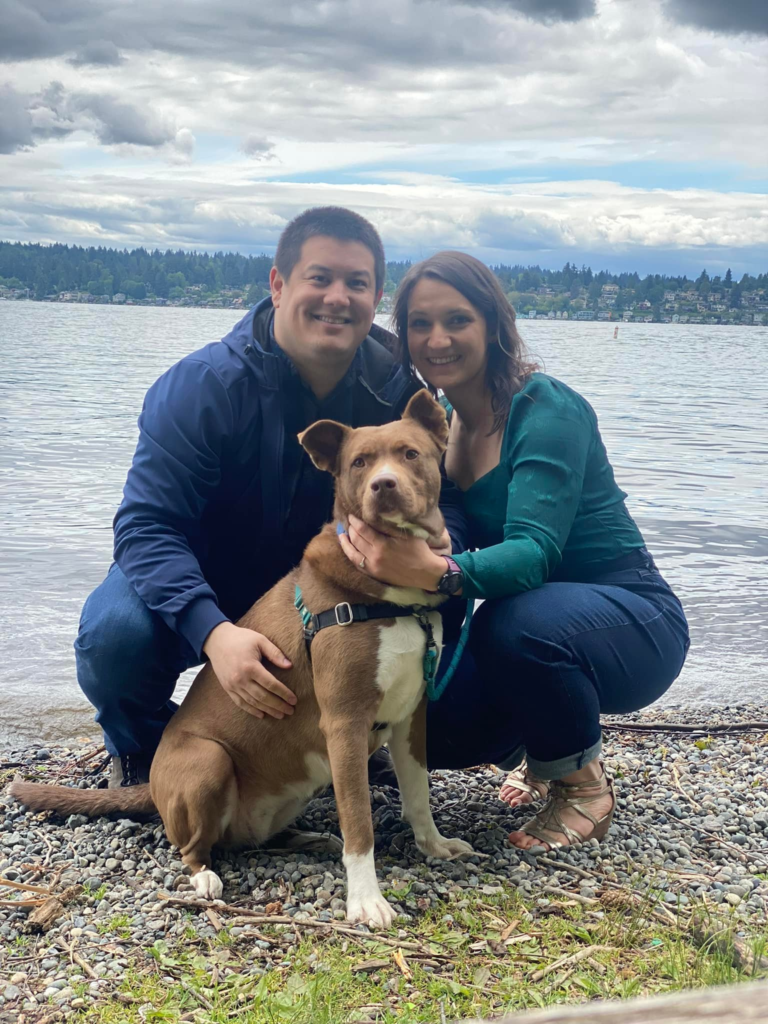
Kate Ninomiya (’14), a born and raised Seattleite, came to Colorado at eighteen to explore her passions in science. She has now returned to Seattle and is using her health and exercise science skills as a doctor of physical therapist, but that wasn’t always her original plan.
Ninomiya graduated from Colorado State University in 2014 with a Bachelor of Science degree in health and exercise science with a concentration in sports medicine, as well as a minor in spanish, but when she enrolled as a freshman, she had her sights set on a chemical engineering degree. Finding that her passions for science were more about people than applied formulas, Ninomiya shifted, and her career has taken her to work with people directly, helping them heal through her practice as well as serving the community at large.
After completing her degree at CSU, she enrolled in the doctoral program at Duke University in North Carolina, hoping to finish her studies in healing with a physical therapy doctorate. After her clinical rotations in New Hampshire and Norway, she returned how to Seattle to complete her medical residency and fellowship. There, she met her husband and began her journey as a licensed physical therapist. Six years later, with their pitbull-husky mix Kaia and deep roots in the area, they have created a life they love near their families. Ninomiya says that the Pacific Northwest is where she truly belongs, although Fort Collins will always feel like a second home.
Describe your current position and some of the responsibilities that come with it.
I am a physical therapist at a small, locally-owned private practice in Seattle, Washington. I spend my days treating patients one-on-one for a full hour each. I am also the director of team development and community outreach for our organization, which entails planning company events and community service, as well as co-managing our social media.
Why did you decide to pursue your current career path?
I started at CSU as a chemical engineering major, but it didn’t take long to realize that the field didn’t interest me nearly as much as applying my scientific interests to working with human bodies. After shadowing a variety of medical doctors, pharmacists, occupational therapists, and physical therapists, I found great joy in working with patients through the rehabilitation process. It is so fulfilling to help people use their bodies own natural healing processes to recover from injury, and make them stronger and more resilient than they were before.
How have your education and experiences at CSU helped you in your career?
I studied health and exercise science at CSU, and I still use a lot of my anatomy and physiology knowledge in my daily practice to treat my patients. Biomechanics and kinesiology are also staples for dosing and prescribing exercise regimens appropriately, and remembering concepts from those classes helped me to do so correctly both during physical therapy school and in the real world of treating patients. I had the chance to be a student mentor for the challenging anatomical kinesiology class at CSU, which allowed me to explain concepts to other students, and this has definitely carried over into how I explain things to my patients today; people who understand what they are doing and why they are doing it are more motivated and can adapt more readily if needed.
I was also a resident assistant while studying at CSU, and I utilize my event-planning skills to coordinate our community outreach efforts as well as company events. Another valuable skill from this experience is being able to connect with people and help them to feel valued and welcomed, which is critical for patient care, especially since the pandemic.
What advice do you have for students looking to join your field?
This is not very uplifting, but it’s important to be sure you want to be in this field before applying to graduate school. The education is expensive, and the pay is not great – I would do it all over again because I do love what I do, but I know many who are changing fields after just a couple of years out in the field. Healthcare providers are also going through massive rates of burnout, also known as compassion fatigue, right now, so learning how to separate work from personal life is an invaluable skill that starts in undergrad and becomes ever more important.
The Department of Health and Exercise Science is a part of CSU’s College of Health and Human Sciences.
CSU’s College of Health and Human Sciences is proud to feature alumni stories. Keep in touch through social media, share your personal and career updates, get the Health and Exercise Science Alumni Newsletter, or send HES an email.